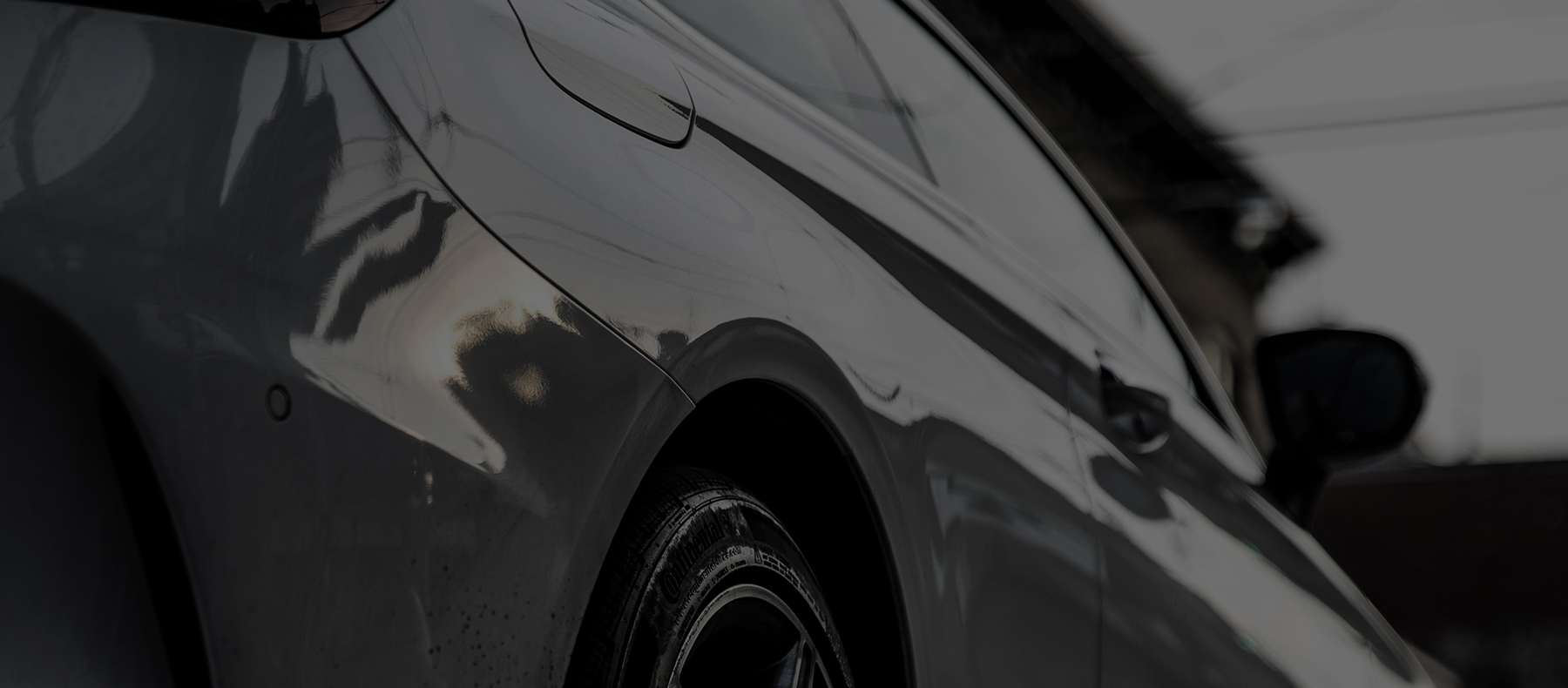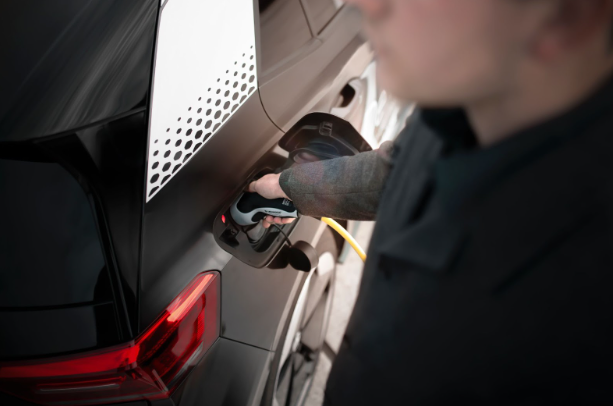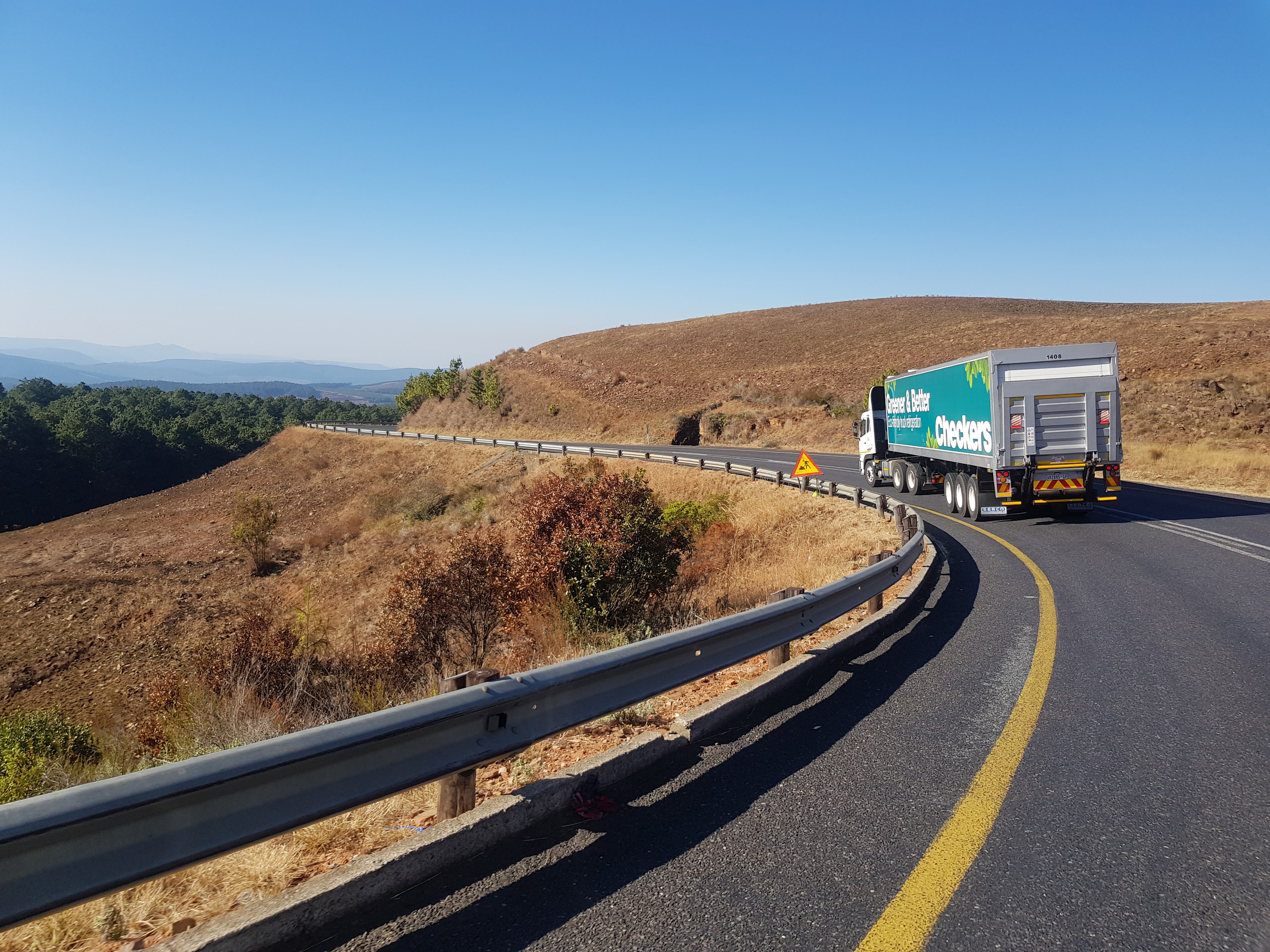It’s pretty much expected that when you become a parent your child will become the most important thing in the world to you.
Most parents try to give their children the best that they can in terms of financial and emotional support. You will also want your child to be as safe as possible. So with this in mind we would like to offer a guide to car seat safety for parents.

The right age for the right child seat
When it comes to accident management, what age should your child move from infant seat, child seat, or booster seat? Are there considerations for height and weight? This blog details the stages of baby car seat layout.
(0-2) Rear-facing
From birth to the age of two, it’s recommended that babies are transported in a seat that is rear-facing. According to studies, travelling facing backward is five times safer than facing forward.
“A rear-facing child safety seat does a better job of supporting the head, neck and spine of infants and toddlers in a crash, because it distributes the force of the collision over the entire body.” Dennis Durbin, pediatric emergency physician and co-scientific director of the Center for Injury Research and Prevention at The Children’s Hospital of Philadelphia.
The American Academy of Pediatrics says that toddlers should be kept in rear-facing car seats until the age of two, or if they become bigger than the recommended height or weight limit for the seat.
This information can be found at the back of the seat. Keeping your child in the rear-facing baby car seat may be frustrating when they are small toddlers, but remember it’s the safer option and therefore in their best interest.
(2-4) forward facing
Once a child has reached the age of two or has outgrown the height or weight specifications on the seat they will be ready for the forward-facing car seat.
Make sure that you can only fit one or two fingers between your child’s chest and the front belt, when the child is seated and it’s secured into place. Again, many parents are eager for their children to graduate from this kind of baby car seat to to the booster seat, but it’s in their best interest not to progress to the next level until they are ready.
(4-12) high back booster seats
It’s better to try and keep your child in a car seat for as long as possible, at least until they are 4 years old or a minimum of 18.2kg according to pediatricians.
They add that children should also show they are mature enough to sit in booster seats, meaning no squirming, slouching, or leaning over. So many adults might have to return to booster seats according to her reckoning.
Some general advice
Take time to read the instruction of your individual seat and ensure that you are adjusting it correctly. Fit the seat as tightly as possible, make sure that it’s impossible to make too much forward or sideways motion.
Check regularly to make sure that the seat is still fitted securely. Monitor your child to ensure they haven’t changed the settings and the buckles. Fitting an additional rear-view mirror will enable you to monitor your child, and save you from having to turn around to see them.
Avis Fleet provides a comprehensive accident management service which takes care of the inconveniences involved after an accident leaving you free to carry on with daily life.
Find out more about our accident management solution here.





